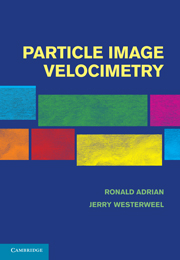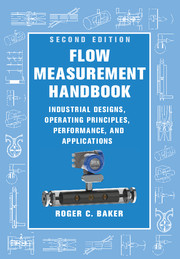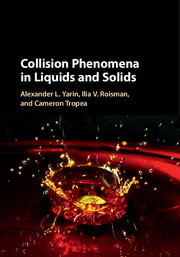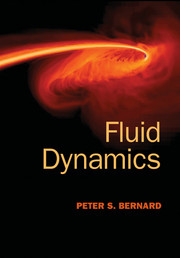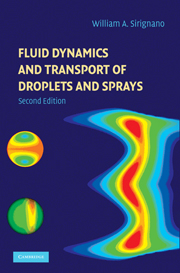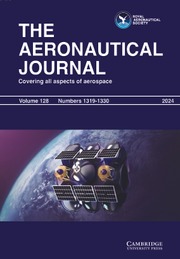Particle Image Velocimetry
Particle image velocimetry, or PIV, refers to a class of methods used in experimental fluid mechanics to determine instantaneous fields of the vector velocity by measuring the displacements of numerous fine particles that accurately follow the motion of the fluid. Although the concept of measuring particle displacements is simple in essence, the factors that need to be addressed to design and implement PIV systems that achieve reliable, accurate, and fast measurements and to interpret the results are surprisingly numerous. The aim of this book is to analyse and explain them comprehensively.
- Analyses and comprehensively explains the necessary factors for designing and implementing PIV (particle image velocimetry) systems
Product details
December 2010Hardback
9780521440080
586 pages
257 × 183 × 36 mm
1.22kg
344 b/w illus. 27 tables
Available
Table of Contents
- 1. Introduction
- 2. Particles
- 3. Imaging
- 4. Pixelization
- 5. PIV systems
- 6. Digital image processing
- 7. Low image density
- 8. High image density
- 9. Post processing
- 10. Practical guidelines.

